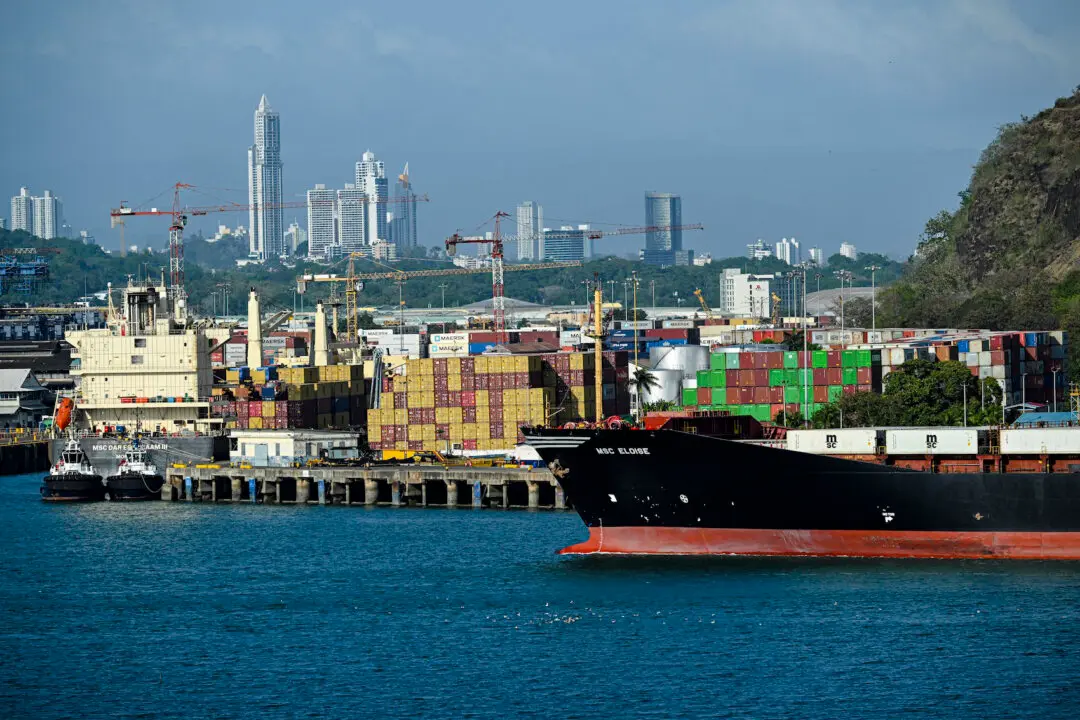Leaked internal Chinese government documents obtained by The Epoch Times have revealed that a province in China’s south has outlined four scenarios of a potential CCP (Chinese Communist Party) virus outbreak this fall and winter.
The official internal documents were issued by the CCP’s Hainan provincial government on Aug. 27. Titled “Notice on Printing and Distributing the Emergency Plan for Hainan’s Response to COVID-19 Epidemic in Autumn and Winter,” the documents were marked “Not for release to the public.”




